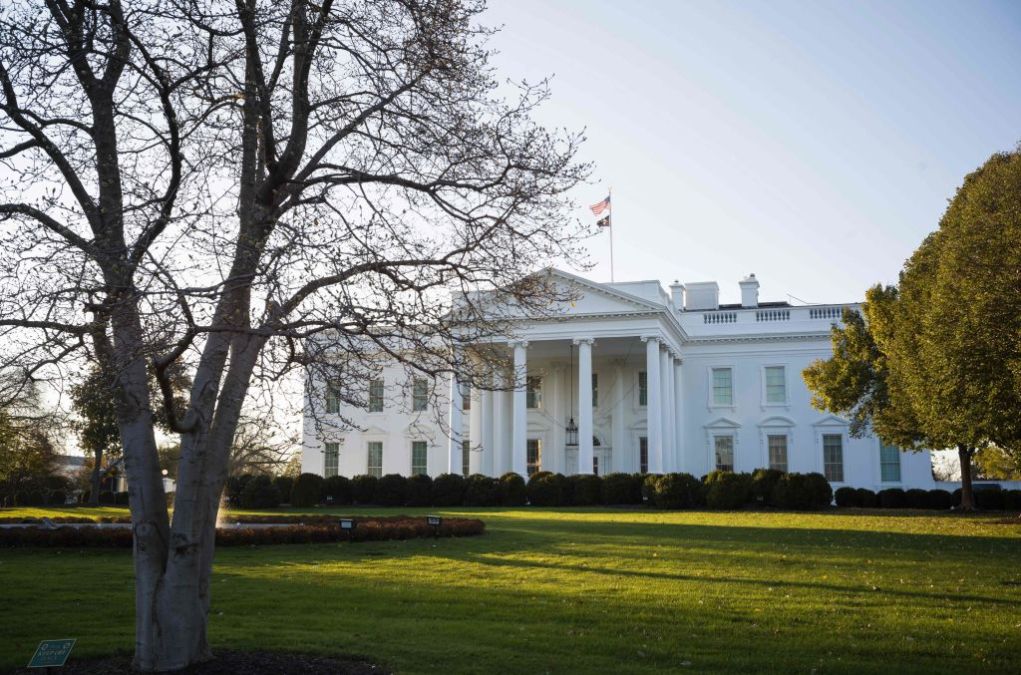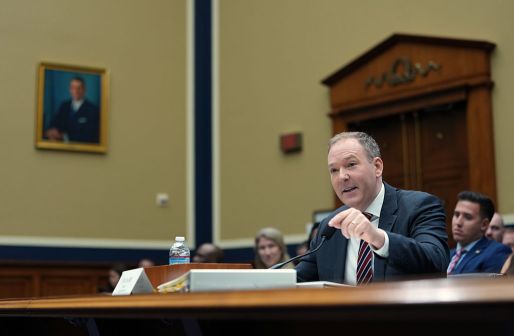OMB impact report trumpets progress with emerging technologies

As members of the Biden administration wrap up their duties ahead of next month’s transition, the Office of Management and Budget’s IT office is touting the “innovative” technological progress it’s made over the past four years in the face of “unprecedented challenges.”
In an impact report shared exclusively with FedScoop, OMB’s Office of the Chief Information Officer highlighted several of its tech-focused accomplishments throughout President Joe Biden’s time in office, pointing specifically to work in artificial intelligence, open data, cybersecurity and quantum, all in service of further modernizing the federal government.
Cross-government partnerships were crucial to moving the ball forward on modernization, OMB said, delivering more accessible digital services to the public that the office said “is just the beginning.” The next generation of federal CIOs “should leverage and continue to build these partnerships to further accelerate progress and deliver impact with taxpayer dollars,” the report added.
Clare Martorana, the outgoing federal CIO, said in the report that as she passes the baton to a new team, she does so “with great admiration for the many partners and technologists who gave it their all over the past four years, and with great confidence that the next team will run even faster in delivering the government we all know is possible.”
“By bolstering cybersecurity, responsibly advancing the use of AI, and improving digital service delivery, we’ve put the essential elements in place so agencies are positioned to deliver government services that will meet today’s expectations,” Martorana said in a statement to FedScoop.
As the government looks to the future of AI under the Trump administration, which could include the president-elect’s repeal of Biden’s October 2023 AI executive order, OMB called the order “the most significant action any government in the world has ever taken” on the technology.
OMB issued matching guidance in March that formalized how federal agencies will approach reporting, governance and use of AI tools. That guidance, the impact report said, “sets our values clearly: it puts people and communities at the center of the government’s innovation goals, while empowering agencies to responsibly leverage AI to advance their missions.”
The guidance also directed agencies to use OMB’s Integrated Data Collection for their annual AI use case inventories, part of an effort to promote data integrity and transparency and also improve reporting on budget impacts for AI adoption, according to the report.
The Biden administration has also leveraged AI to deliver to the public “on open data and data inventory requirements” under the OPEN Government Data Act of 2019, the report said.
By law, OMB was statutorily required to issue guidance to agencies regarding publicly reported data five years ago. In the impact report, however, OMB noted that facilitating the adoption of open-data practices through partnerships with the General Services Administration and the National Archives and Records Administration was done to “develop and maintain open data tools and resources,” such as the federal data catalog.
OMB also pointed in the report to different cybersecurity efforts throughout the federal government, such as the implementation of zero-trust architecture, with agencies landing in the high 90% range of compliance with 2022 OMB guidance.
Mike Duffy, the acting federal CISO, previously said that the administration’s work on zero-trust architecture was expected to move into more of an operations focus for the next phase of implementation, though it is unclear if the presidential transition will impact that planned shift.
Martorana has previously credited the Technology Modernization Fund for fueling agencies’ zero-trust journey. In the report, OMB said that 88% of TMF investments have helped “bolster the nation’s cybersecurity.”
On the cybersecurity front, one area that the next administration will have to confront in the years ahead is quantum computing. OMB said that by 2030, advanced quantum computers “could pose a significant threat.” The office has been working to make agencies “quantum resistant” before the technology becomes advanced enough to threaten national systems.
OMB projects that migration to post-quantum cryptography could involve over 4,000 agency systems, with a projected cost of $7.1 billion.
The office said that it will continue to help agencies under the National Security Memorandum 10 by providing the transition of public networks and systems to quantum-resistant cryptography-based environments, and developing complementary mitigation strategies to provide cryptographic agility in light of unknown risks in the future.






